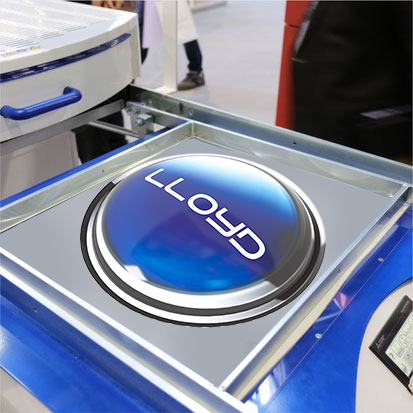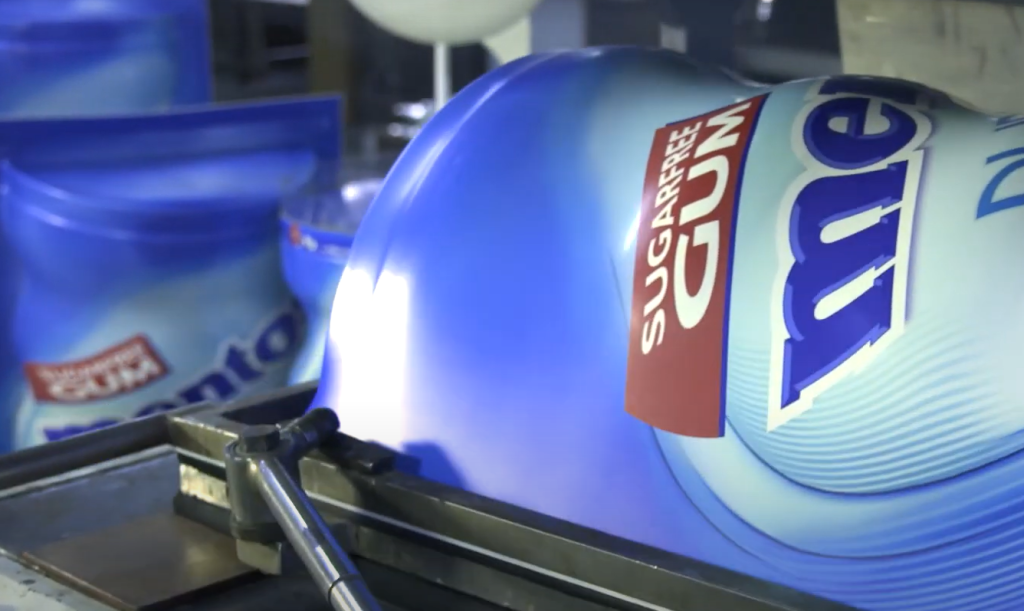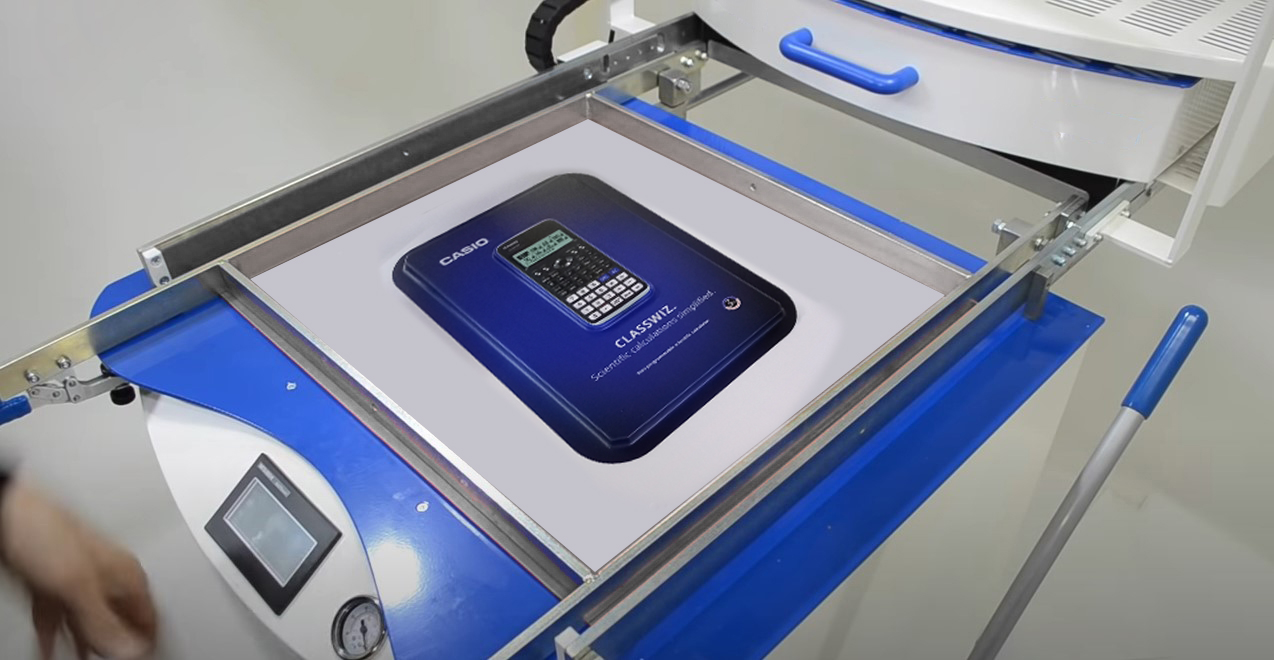Vacuum forming is probably one of the oldest methods of processing plastic materials but even today there are no alternatives to match the lower cost and faster speed of tooling compared to injection moulding. It is still relevant, and when combined with newer technologies such as 3D printing, it brings a multitude of possibilities.
While not every design or shape may be suitable for it, it can be used for the most diverse range of processing applications. Companies and industries involved in film & stage production, schools, universities, car manufacturers and aerospace are all high users of this process.


Due to its hygienic and heat retaining capabilities thermoplastic us is one of the most common and easiest in impact polystyrene sheeting. Vacuum Forming is a version of thermoforming – a sheet of thermoplastic is heated and then stretched over a single surface mould, and then forced onto the mould using a vacuum. The minimum recommendation of 3º draft angle is required so that the vacuum formed plastic may part away from the mold

It offers a variety of benefits to manufacturers for its high volume capability and gives us the ability to store sheets in bulk. With the combination of line bending equipment, it’s even possible to create 3D products such as complex POS displays, TV and speakers.
It is endlessly versatile and possibly most visibly used in display marketing and promotional items.

By itself vacuum forming only produces shallow products. As a rule, the depth cannot exceed 75% of the width or length, whichever is less.
It could be a slower process than others as the products are prone to bubbling. Combining it with other processes removes the limitations making the possibilities endless.